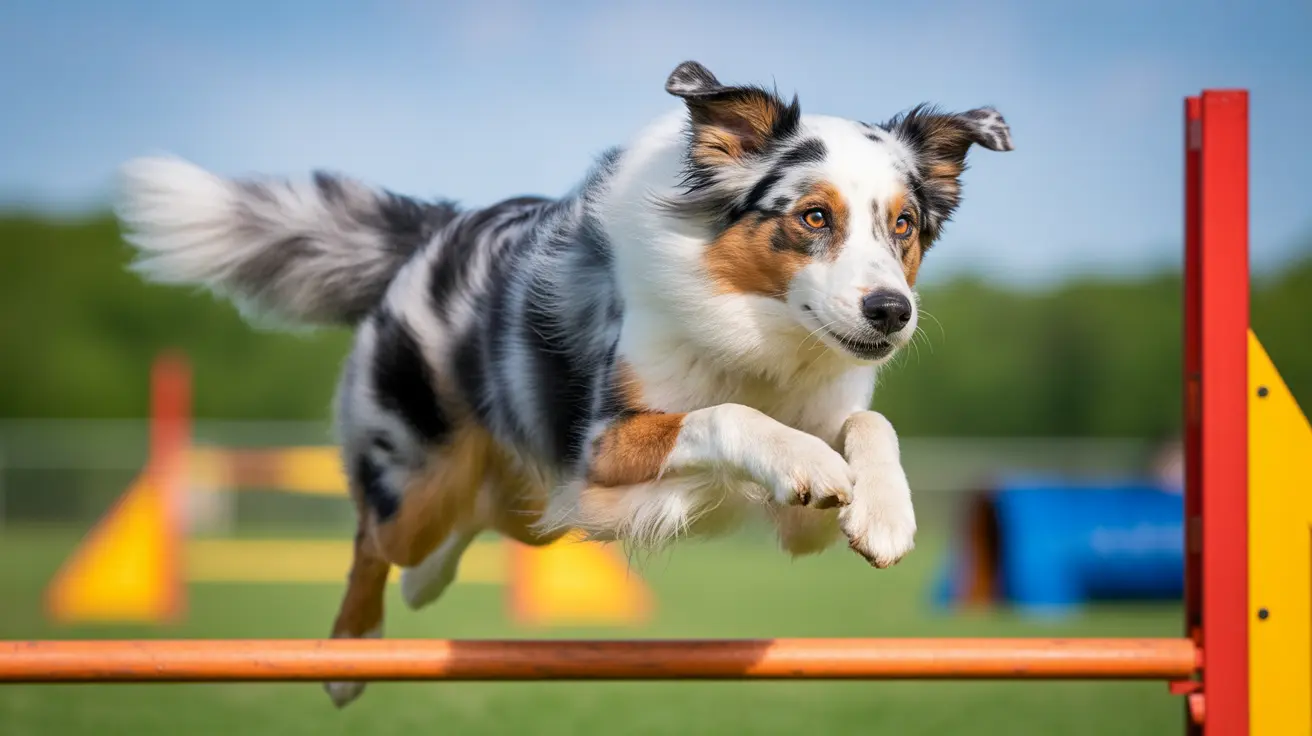Are Spanish Mastiffs Rare? Understanding the Rarity of a Majestic Guardian
The Spanish Mastiff, or Mastín Español, is a majestic and ancient breed renowned for its role as a livestock guardian in the rugged terrains of Spain. Despite its impressive legacy and noble stature, this breed remains relatively unknown outside its homeland, which has led many dog enthusiasts and potential owners to wonder, "Are Spanish Mastiffs rare?" The answer is a resounding yes—but there's more to the story than a simple yes or no.
The Origins of the Spanish Mastiff
This ancient breed dates back thousands of years. Descended from molosser dogs brought to the Iberian Peninsula more than 2,000 years ago, the Spanish Mastiff evolved as an indispensable companion during the transhumance—the seasonal migration of Merino sheep. They protected livestock from dangerous predators such as wolves and bears while exhibiting unmatched loyalty and courage.
Why Are They Considered Rare?
- Geographic Concentration: The breed is primarily found in rural and mountainous areas of Spain. Outside the country, population numbers are minimal.
- Highly Specialized Role: Spanish Mastiffs have traditionally served as livestock guardians, a function that’s less in demand in urbanized or non-agricultural societies.
- Size and Space Requirements: With males reaching up to 220 pounds and standing as tall as 35 inches, they are not easily accommodated in modern, space-restricted homes.
- Not for Beginners: Their independent nature and strong personality make them a challenge for novice dog owners, narrowing their appeal further.
- Limited Breeders: Fewer breeders specialize in Spanish Mastiffs outside of Spain, resulting in restricted availability and limited gene pools in other regions.
Physical Traits of the Spanish Mastiff
This breed is a gentle giant with some distinguishing characteristics:
- Massive, muscular build
- Pronounced loose skin around the neck, forming a dewlap
- Short to semi-long dense coat in many colors, including fawn, red, wolfgray, brindle, and white
- Dark hazel or brown eyes and triangular, floppy ears
Temperament and Behavior
Spanish Mastiffs are known for their tranquil temperament, intelligence, and fiercely independent nature. Though deeply loyal and affectionate with their family, they are naturally wary of strangers. Their guardian instincts run deep, making them excellent protectors of property and livestock.
However, this instinct also means they need thorough socialization and firm, confident leadership to avoid over-guarding or aggression. Their size and strength require carefully managed interactions, especially in households with small children or other animals.
Challenges of Ownership
Because of their unique needs, owning a Spanish Mastiff comes with several challenges:
- Training: Requires consistent, firm, and patient training from someone with experience in handling large, independent breeds.
- Space: This breed needs room to roam; apartment living is not suitable.
- Exercise: While not hyperactive, they require daily moderate physical activity to stay healthy and engaged.
- Health Risks: Prone to conditions like hip and elbow dysplasia, bloat, heart issues, and skin infections due to their loose neck folds.
- Grooming: Moderate grooming needs escalate during shedding seasons, and they also need regular maintenance of ears, teeth, and nails.
Lifespan and Diet
Spanish Mastiffs typically live 9–12 years. Due to their size, they require a carefully regulated diet formulated for large or giant breeds. Overfeeding should be avoided to prevent obesity, which can aggravate mobility and joint problems.
Are They Worth the Effort?
Despite being rare and demanding, for the right owner, the Spanish Mastiff offers unparalleled companionship, loyalty, and protection. They thrive in rural settings or as working livestock guardians, especially when their unique needs are understood and respected.
If you're considering introducing this breed into your life, understand that it's not just about owning a pet—it's about undertaking a partnership with a dog that has been shaped by centuries of work, vigilance, and loyalty.
Conclusion
Yes, Spanish Mastiffs are rare, particularly outside of Spain, due to their specialized role, immense size, and demanding care requirements. Nonetheless, their rarity makes them all the more treasured among enthusiasts who appreciate their nobility, strength, and guardianship. They may not be common, but their presence is unforgettable for those who are lucky enough to share their lives with one.





